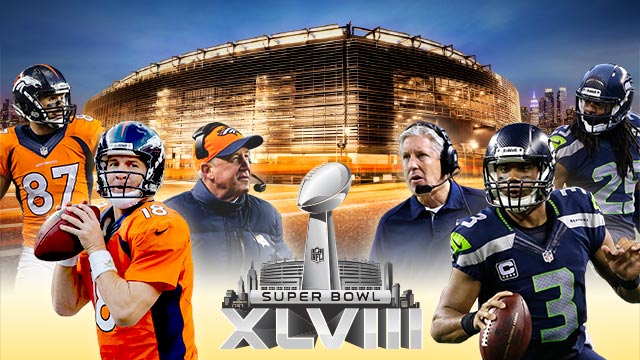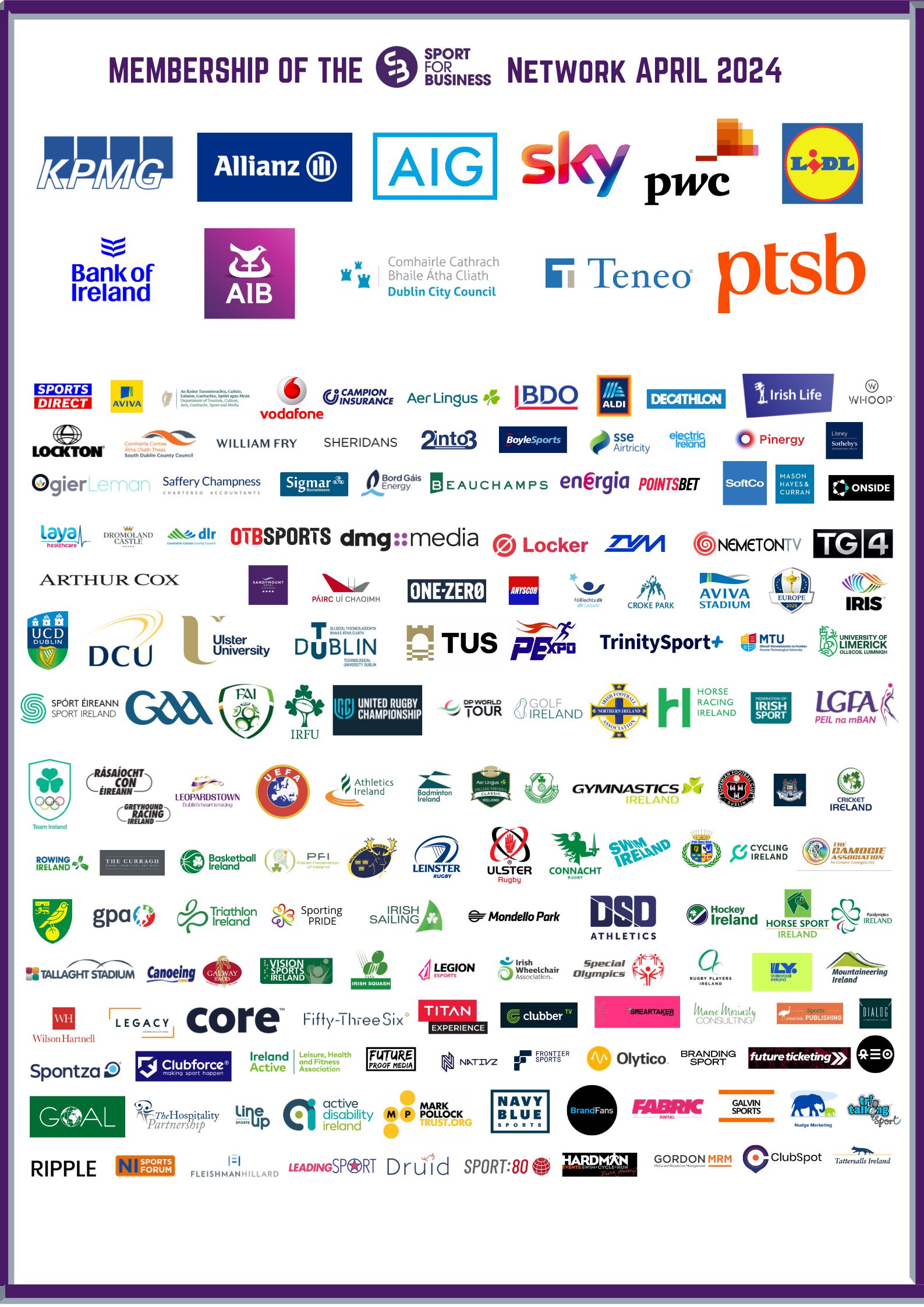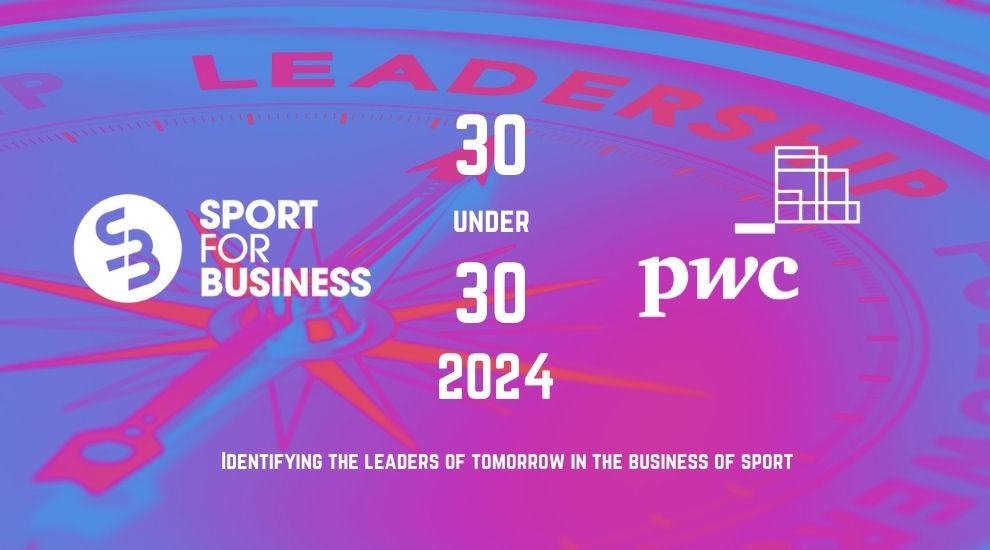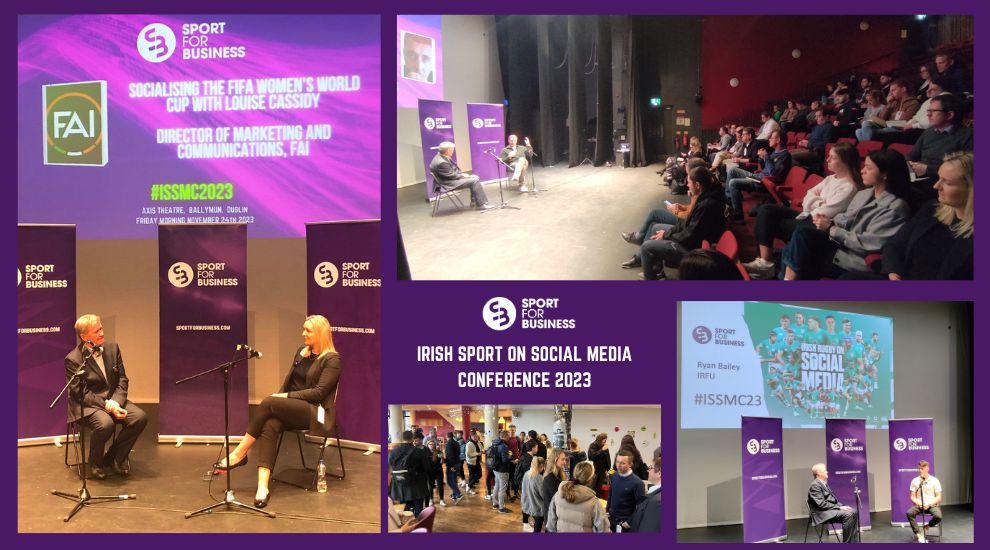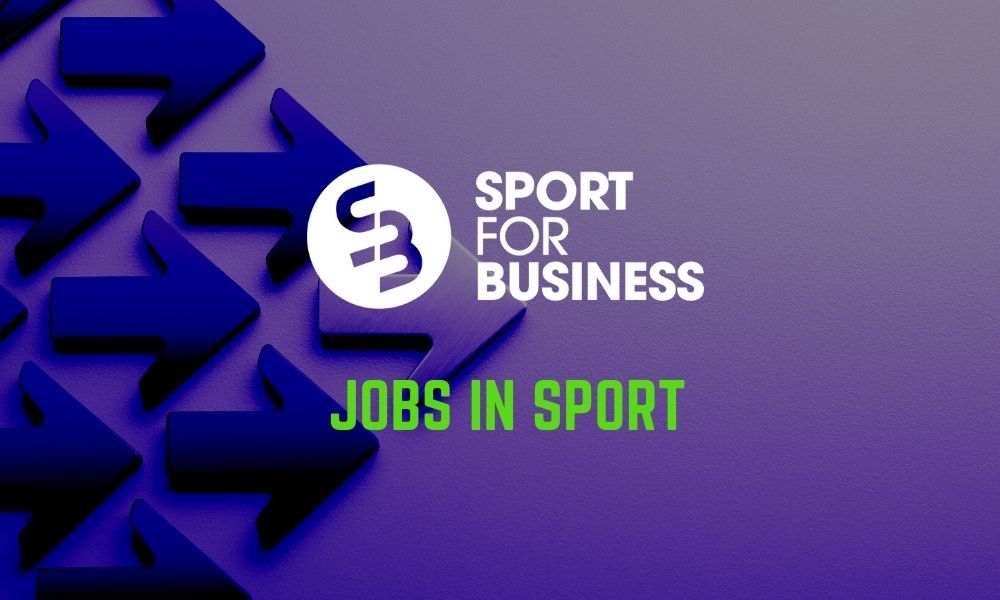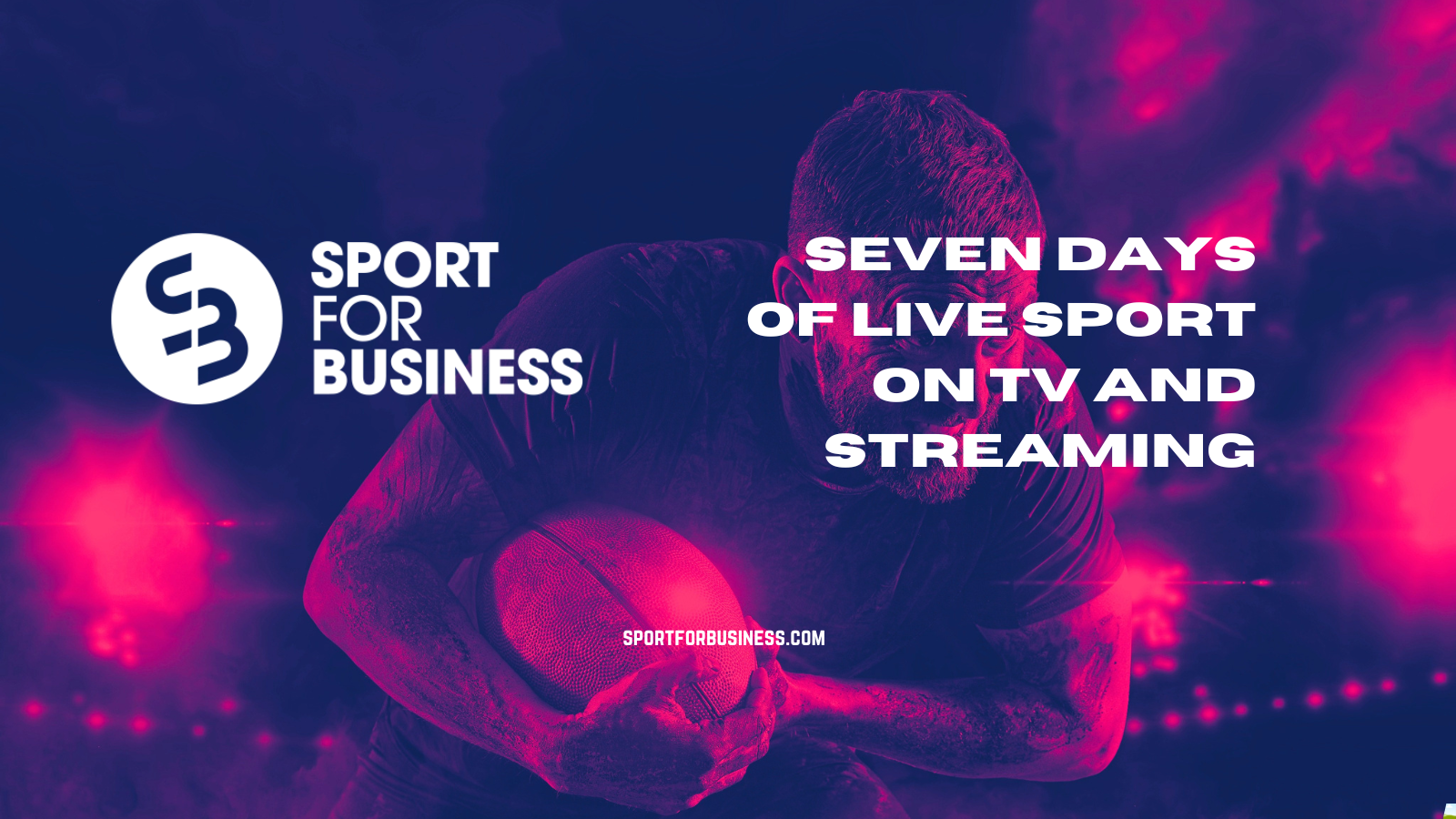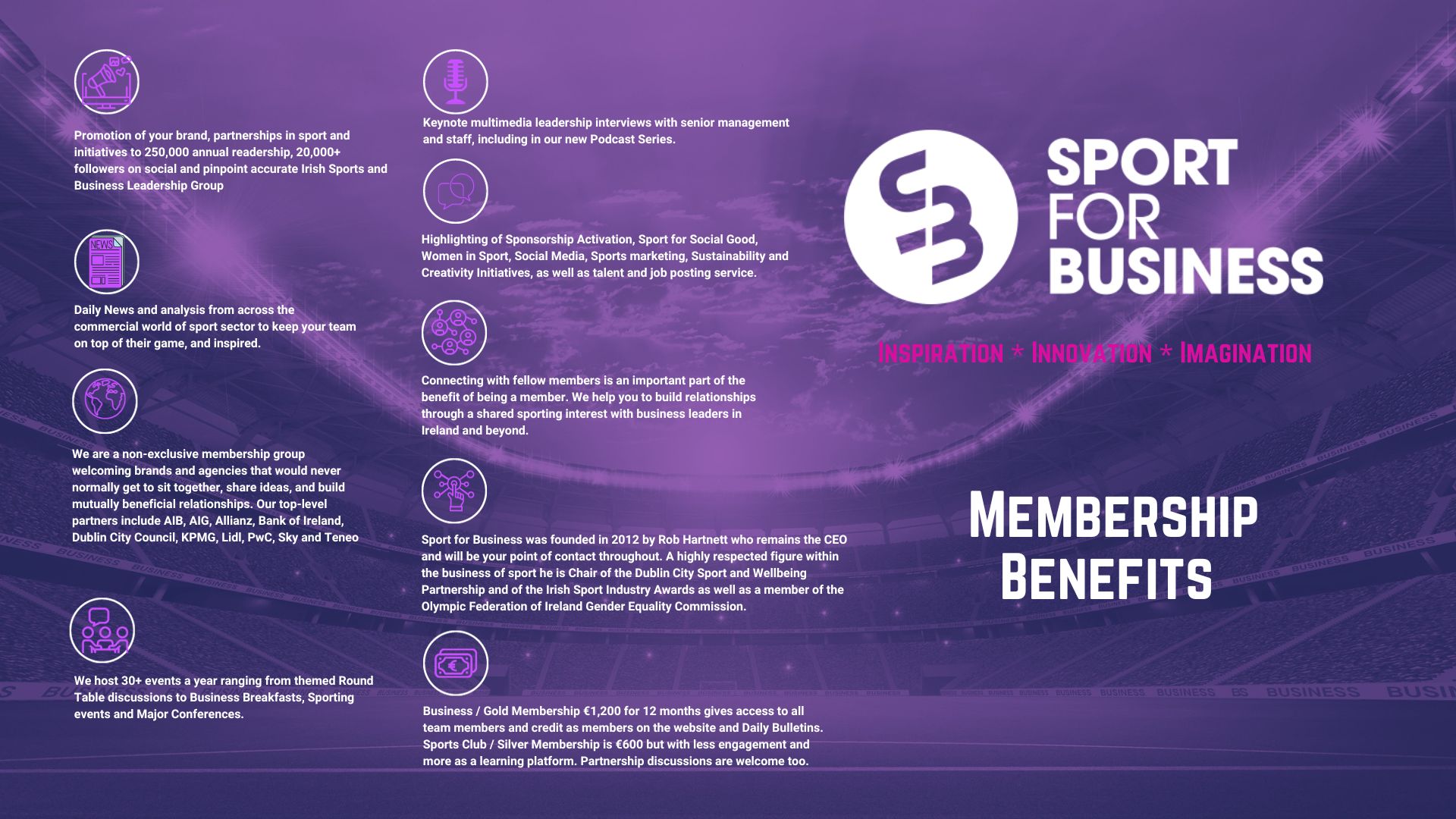
There were no surprises in the Championship Finals of the NFL at the weekend with favourites the Denver Broncos and the Seattle Seahawks coming through to contest the Superbowl final in a little under two weeks time.
Fans and players will uproot and travel from the West coast to the East for the biggest game of the year which takes place in New Jersey at the home of both the New York Giants and the New York Jets.
The Superbowl is the biggest single sports marketing event of the year in a normal year and while that may not be the case in 2014 with the Football World Cup on the horizon it will still be a massive platform for companies looking to push their brands through an association with sport.
We will look in advance and in the aftermath at some of the key marketing campaigns but the most interesting part of this year;s game may well be how brands engage away from the mainstream and through the channels of social media both inside and outside the stadium.
SAP is the less than snappily titled Cloud Solutions partner of the NFL and will be using the access it gets to paint a real time picture of how fans are engaging with analytics services during the course of the game.
Visualisations and heat maps showing the reaction to particular events over the course of the game will paint the clearest picture yet of how sports fans engage in a collective community of interest. Statistics driven from the vast database of the NFL will be made publicly available and displayed in ways that will help fans participate as well as just watch.
Forecasts on areas like the result of the coin toss, the time of possession each team has and the outcome of individual plays can be fed into a gaming environment where sponsors can provide prizes or loyalty points.
An appetite for forecasting events and being rewarded for being right is already clear through the massive growth in Europe of In Play sports betting though this is still largely illegal in the United States.
Millions will be betting on the game but the bigger prize for brands may be to take that appetite and develop it in the gaming sense without asking for a monetary investment by the player.
It’s a longer term return on investment but the rewards for getting it right can be seen in the brands that have been created through fantasy games which are now a main driver for fans engagement with their sport of choice.
SAP is creating a Stat Zone in Times Square to engage with visitors in town for the game and with the substantially bigger audience that will be tuning in via their TV’s smartphones and tablets.
In the stadium, technologies are also going to be used that are planned to deliver the same standard of online accessibility that fans are used to getting watching at home.

Fans are increasingly of the view that something which is not shared may not have actually happened and stadium operators are investing millions to ensure they get the same experience in access terms to that which they would expect throughout their journey to the game, their planning and consumption of media before it and while they are watching.
“Fans have to be as connected at a minimum as they are at home. They expect that as much as they expect a good bathroom,” said NFL Chief Information Officer Michelle McKenna-Doyle, previewing what to expect at Met Life Stadium on February 2nd.
Bringing consistent WiFi access was an aspiration only a short while ago but as soon as teams began to see fan numbers going into decline and researched the reasons why, it quickly shifted to a ‘must have’ priority.
The payback will come in a better experience for fans but also through the increased revenue that may be gained from tailoring catering, merchandising and digital programmes for the fans in a more efficient manner.
Average revenue per visitor is and will be an increasingly important metric for stadium operators. What happens in New York will help set the tone for what we can expect and will demand from sporting venues closer to home.
Lesson for Sport: Use the strength of the communities that exist around sport to trial technologies that will deliver greater behavioural insight and greater value.
Lesson for Business: Work with sport to develop those technologies that will have applications way beyond the initial target group.

